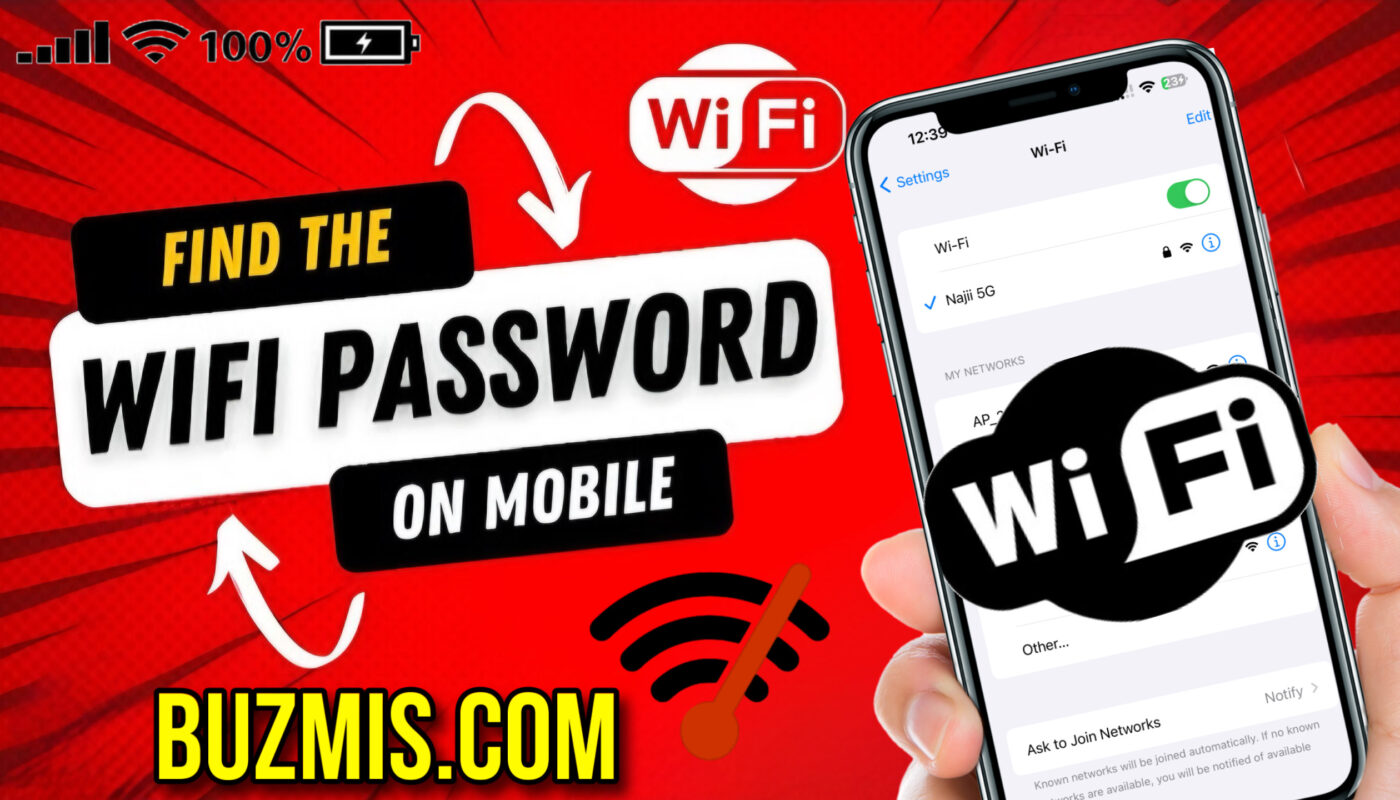How to Connect to WiFi Without a Password: 3 Effective Methods. While it may sound strange or even suspicious, there are legal ways to connect to Wi-Fi without a password, especially on public or semi-public networks. Here, we look at three practical methods to connect to Wi-Fi without a password that guarantee convenience of use without sacrificing security or network privacy.
Method 1: Using Wi-Fi Protected Setup (WPS)
One network security standard that makes joining to a wireless network easier is called Wi-Fi Protected Setup (WPS). Without requiring a password, it enables gadgets to join to a Wi-Fi network. Using WPS to connect to Wi-Fi is as follows:
1. Verify WPS availability by making sure the router you wish to connect to is WPS compatible. Usually found on routers, the WPS button is either marked as such or shown by an icon.
2. Turn on WPS on Your Device: Open the Wi-Fi settings menu on your laptop or smartphone.
– Look under the advanced settings for a choice such as “WPS Push Button” or “WPS Pin Entry”.
3. Hit the Router’s WPS Button: Hit the router’s WPS button. Usually, you get two minutes to finish the connecting procedure.
Choose the Wi-Fi network you wish to connect to on your device.
In – Select WPS, then do as instructed on screen. With no password required, your device ought to join to the Wi-Fi network immediately.
Method 2: Using QR Codes
QR codes provide yet another easy way to connect to Wi-Fi without having to input a password. This approach works especially well for visitors or clients when it is not feasible to share passwords.
1. Create a Wi-Fi QR Code: Online resources like QR code generators can help you create a Wi-Fi QR code.
2. Print or Display the QR Code: – Once created, print the QR code and post it somewhere easily accessible, or show it digitally on a screen.
3. Scan QR Code with Smartphone: – Launch the camera app on an Android device and point it at the QR code. A Wi-Fi network connection prompt ought should show up.
To scan the code on an iPhone, use the built-in camera app or a QR code reader app. Press the network join button.
In public areas like hotels, libraries, and cafés where allowing several users to seamlessly use the Wi-Fi is essential, this approach is quite helpful.
Method 3: Using Network Sharing on Windows
With the network sharing function included into Windows, a device linked to a Wi-Fi network can share its connection with another device without requiring a password. How to Connect to WiFi Without a Password: 3 Effective Methods, When you wish to share a network that you have access to on one device with another, this approach comes in quite helpful.
1. On your Windows device, join to the Wi-Fi network:
Verify if the Wi-Fi network is connected to your main Windows device.
2. Activate Windows Mobile Hotspot:
Take “Network & Internet” from the Settings menu.
Select “Mobile hotspot”.
– Decide to share your Wi-Fi connection.
– Toggle the switch to turn on the mobile hotspot after choosing the network you wish to share.
3.Connect the Second Device to the Hotspot:
Find available Wi-Fi networks on the second device.
Seek for the network name of the mobile hotspot that your Windows device generated. + Join to the hotspot. You could be prompted to input the hotspot password, which is located in the Windows device’s mobile hotspot settings.
This approach basically makes your Windows device a backup router that lets other devices connect to the Internet.
Considerations and Security
Even although these techniques offer easy ways to connect to Wi-Fi without having to input a password, it’s crucial to weigh the security risks:
1. WPS weaknesses: WPS has known weaknesses even if it streamlines connections. It is best to turn it off when not in use and utilise it only when absolutely required.
2. QR Code Sharing: To stop unwanted access, make sure that the QR code is shared exclusively with reliable people.
3. Network Sharing: To avoid abuse, utilise network sharing only on a secure primary device and keep an eye on attached devices.
With careful use of these techniques, you may preserve network integrity and security while nevertheless enjoying the ease of password-free Wi-Fi connections. These methods can make using Wi-Fi easier for you or for visitors, depending on your needs.



